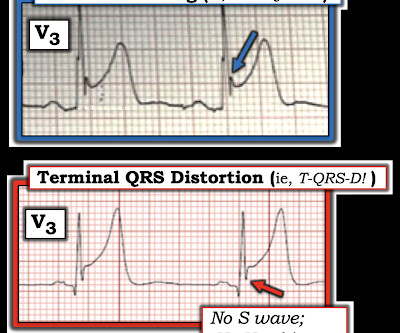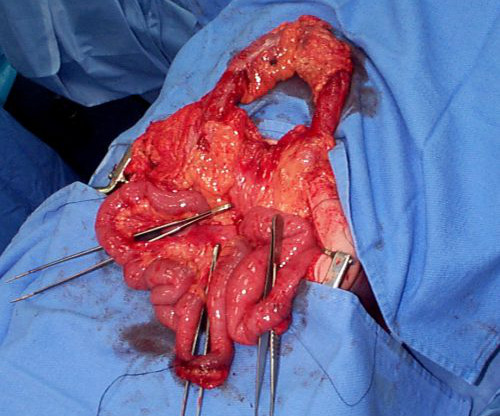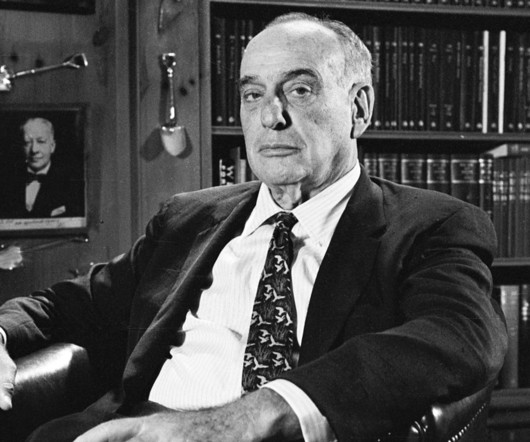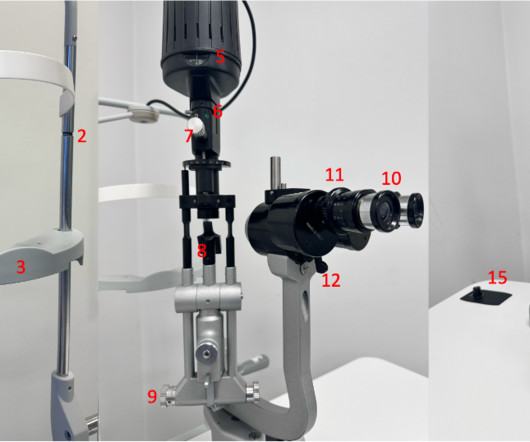ECG Blog #434 — WHY Did this Patient Arrest?
Ken Grauer, MD
JUNE 14, 2024
The ECG in Figure-1 — was obtained from a middle-aged man who presented to the ED ( E mergency D epartment ) in cardiac arrest. ROSC ( R eturn O f S pontaneous C irculation ) was obtained — and ECG #1 was recorded. In view of this history — How would YOU interpret the ECG in Figure-1 ? Should you activate the cath lab? Figure-1: The initial ECG in today's case. ( To improve visualization — I've digitized the original ECG using PMcardio ).





















Let's personalize your content